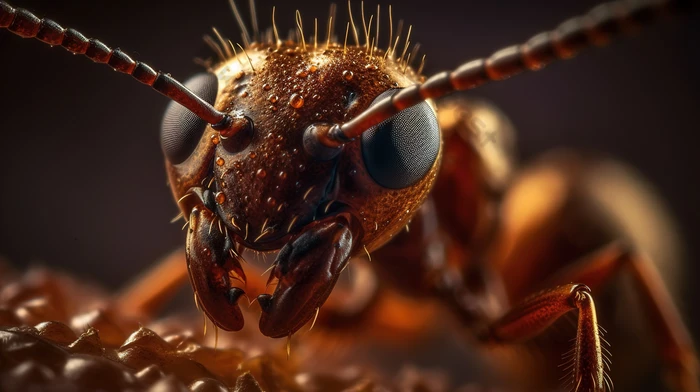
If a little tea is spilled on the table, it won’t be long before you see ants swarming around. If containers holding sweet items aren’t properly sealed, ants will quickly find their way inside. But how do ants from distant places detect sweetness and precisely locate it?
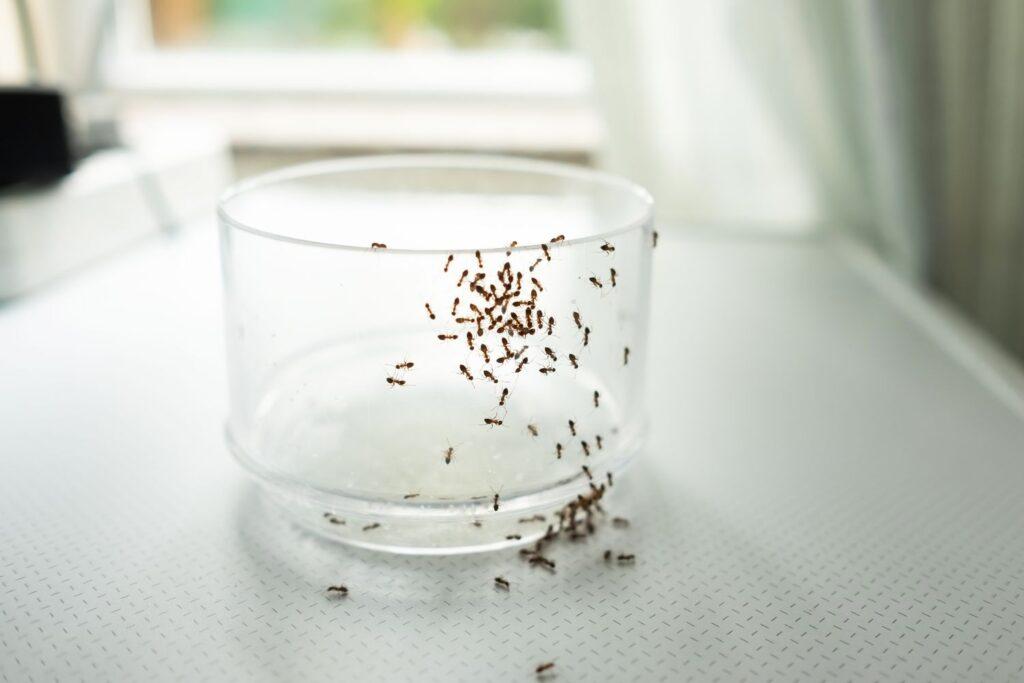
Ants use two primary methods to find sweets: smell and taste. Like dogs, ants have a highly developed sense of smell, aided by antennae on their heads that capture even the faintest odors in the air.

Additionally, ants don’t need to taste food to know if it’s sweet; they have taste receptors on their legs, allowing them to detect the flavor of substances simply by walking over them.
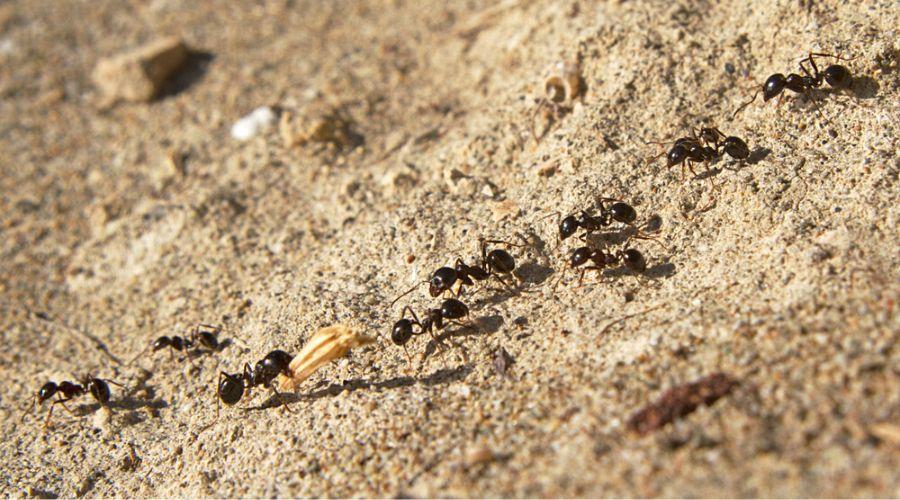
Special groups of ants are always on the lookout for food. These scouts roam in various directions, using their keen senses to locate food.

Once they find a source, they release a chemical called pheromone, which attracts other ants and guides them to the food. As they travel, they lay down more pheromones, creating a trail for others to follow.
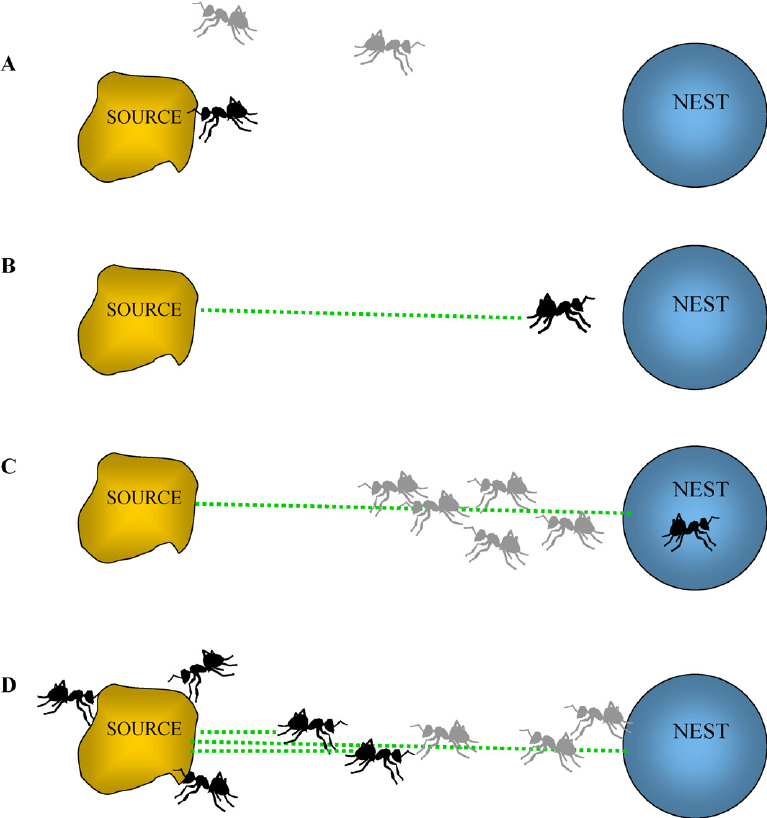
Ant societies are incredibly complex, second only to humans in terms of social structure. They have hierarchies, roles, and even conflicts within their colonies.
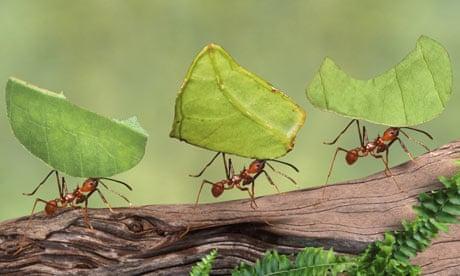
Some recent discoveries in Brazil revealed a massive ant colony with intricate systems resembling human infrastructure, including travel routes, waste management, and temperature regulation.
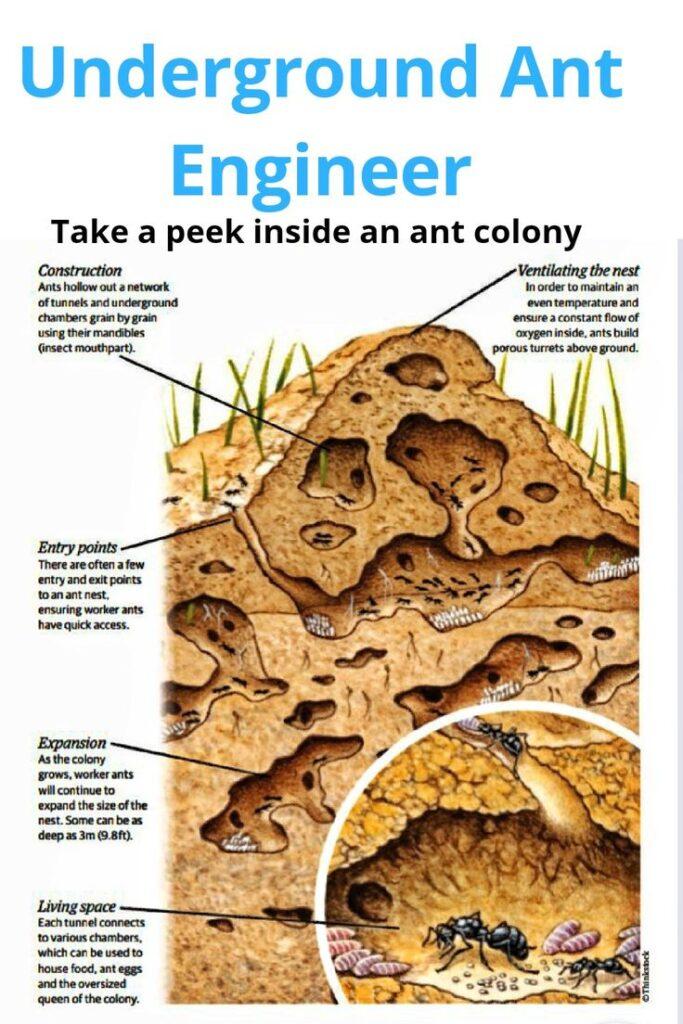
This colony had over 2,000 chambers and even farms for growing fungi during food shortages, showcasing the remarkable ingenuity of ants.
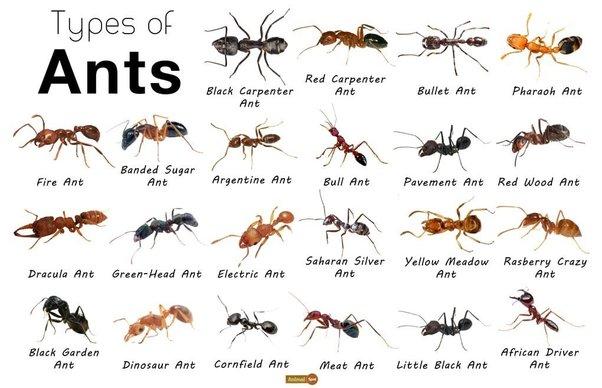

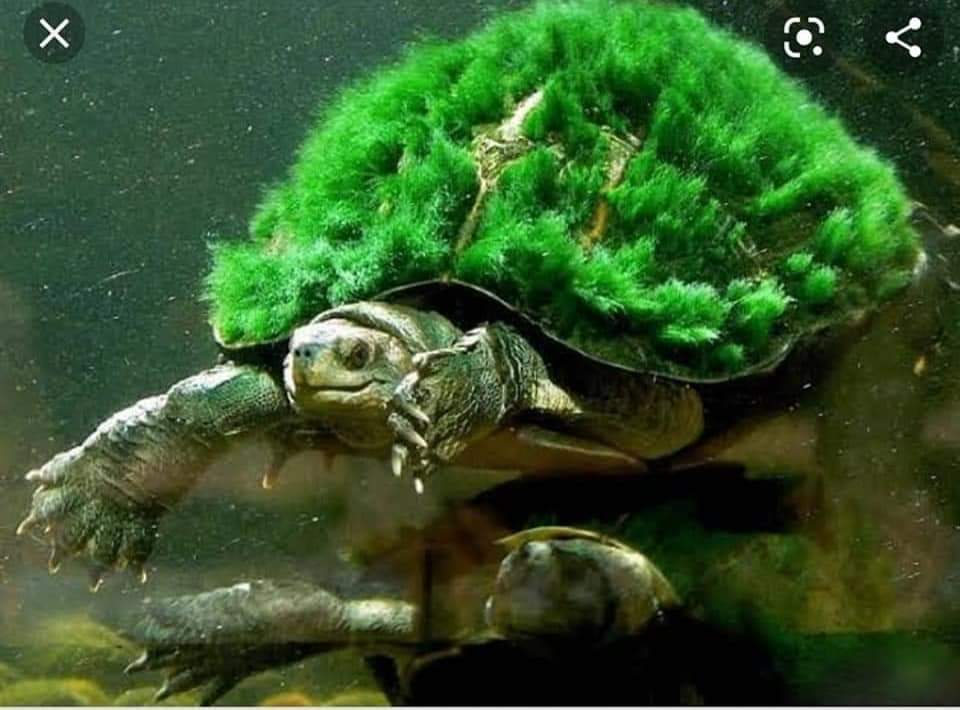


Recent Comments